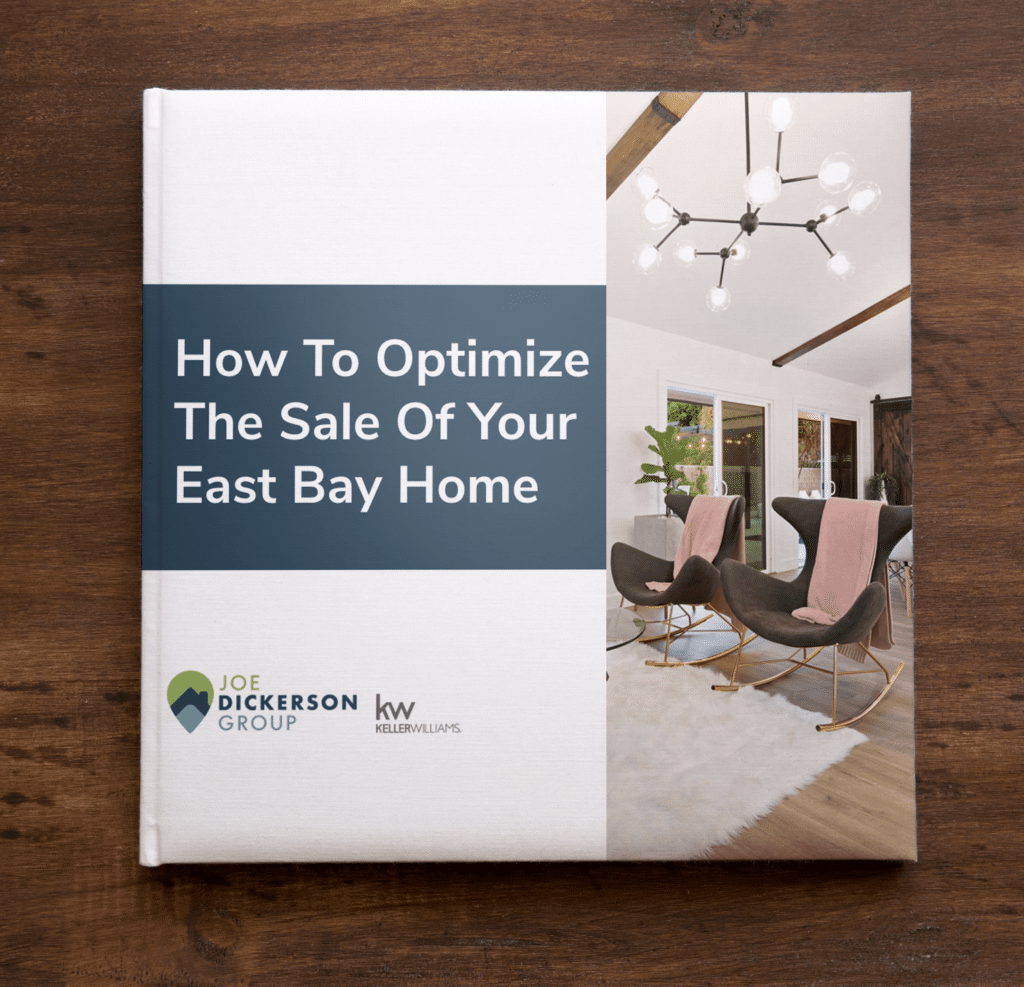O man. Zillow’s Zestimate and other Automated Valuation Models (AVM) lead to some challenging conversations with homeowners in Oakland, Berkeley, and much of the East Bay. The conversation usually goes like this:
Me: “After looking at comparable sales in the area, your property’s condition, and other market factors, I believe your home will sell for roughly $800,000 if properly priced, prepared, and marketed.”
Homeowner: “Zillow says my home is worth $850,000. ”.
Me: “I can respect that. I’ve looked beyond what an automated valuation can provide to get you a realistic valuation.’
Homeowner: “Realtor.com says $847,000, Redfin says $925,000. Are you saying they are all wrong?”
Me: “Yup.”
AVMs use mathematical modelings and predictive analytics to spit out an estimate of market value. The problem, especially in markets like Oakland and Berkeley, is that each home is incredibly unique. Having a human develop an estimate takes into account things a computer may not be able to see.
These are things like condition of property, views, certain neighborhood conditions like the busyness of the street or the dilapidated house next door. Computers are getting better, but they aren’t good enough to replace human eyeballs.
These unique attributes, which may not exist at such a pervasive level in more homogeneous housing areas, lead to strange looking data that computers don’t know what to do with.
For example, price per square foot is often one criteria fed into these AVM algorithms. Recent sales near my office in Temescal show some confusing numbers: price per square foot on the last four Temescal single family closings are $710, $976, $1138, $1226. That’s a huge variance for such a small area, and simply averaging them will not lead to reliable results.
The conversation around Zestimates gets even more challenging when I am one of several agents interviewing with a seller and another agent chooses to use an Automated Valuation Model to guide the seller on the value of their home. When that AVM doesn’t reflect reality, the conversation starts going like this:
Me: “After looking at comparable sales in the area, your property’s condition, and other market factors, I believe you’re home will sell for $800,000 if properly priced, prepared, and marketed.”
Seller: “Another agent I spoke with says my house is worth $850,000-900,000. Here’s their report.”
Me: “It appears this agent used an AVM and didn’t take into account your home and neighborhood’s unique (read: not perfect) attributes.”
Using Zestimates for a very rough estimate is fine, and I have no problem with agents who send them. Just know that you are looking at an automated valuation, and be open when you’re consulted about it’s potential inaccuracies.
Zestimates aren’t always too high. Sometimes they set expectations low, which certainly makes it easier for me to exceed expectations. I recently sold a home in Bushrod for $100,000+ over the Zestimate.
In summary, AVMs such as Zestimates are useful to view your home’s trending value, but if you want a realistic idea of what it will actually sell for, I recommend talking with a real estate agent that works in your area. Is that me? Let’s talk!



